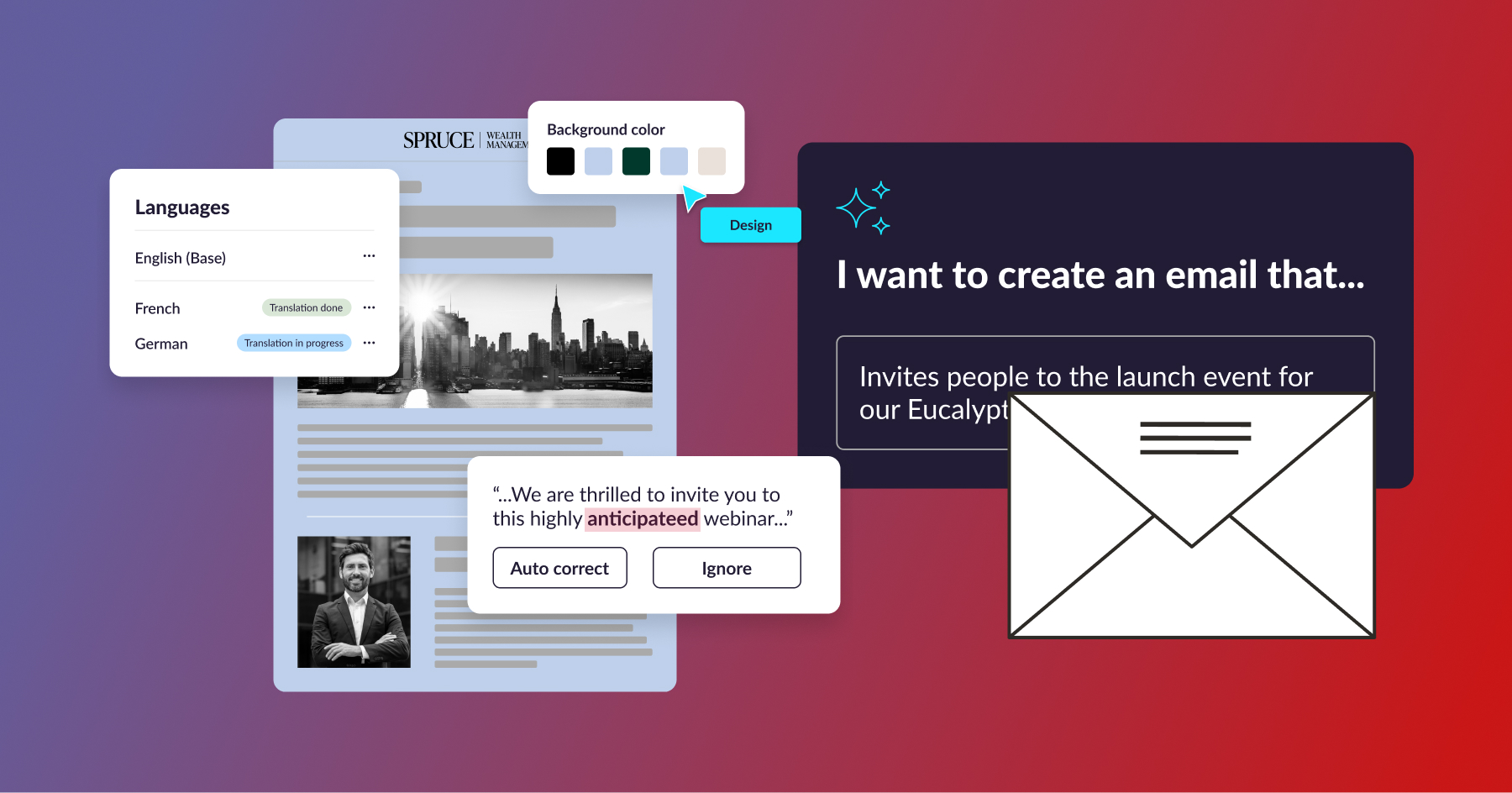A company’s brand—its identity—means everything when it comes to reputation, perception, trust, and value to customers. But if a brand is inconsistent, it can damage its image and lead to confusion, erosion of trust, and loss of market share.
Brand consistency was easier during Agassi’s endorsement days. Today you’re dealing with significantly more marketing channels. And for a large enterprise with multiple brands, franchises, regions, and business units, maintaining consistency in global marketing is an even greater challenge.
How much of a challenge? According to an American Marketing Association study, 25 percent of marketing executives consider brand management their most significant challenge.
But that’s where technology comes in. Implemented properly, it can help eliminate the complexity in distributed marketing by improving consistency, communication, speed, and execution. Here’s how marketing technology can improve your company branding:
1. Ensures consistency

If anyone knew how to build a strong global brand, it was Steve Jobs. There’s a story from 2008 where Jobs frantically reached out to Google’s VP of engineering with an emergency—the yellow gradient of the Google icon on the iPhone was incorrect, and it needed to be fixed.
Sure, it seems like Jobs was a little extreme. But research shows that a signature color increases brand recognition by 80 percent. So Jobs was crazy—about consistent branding.
Inconsistent branding can impact customer perceptions of your brand and can distract from the core marketing messages. In decentralized marketing environments, it’s easy to have a mishap.
Whether it’s a local sales rep grabbing an old version of a logo for a promotional email, or a franchise’s copywriter straying from the established voice and tone guidelines in a social media campaign, your company could inadvertently be sending conflicting messaging across different mediums.
Technology can help bring consistency to the marketing operation. Tools built for collaboration can eliminate mistakes of ad hoc campaigns by simplifying oversight, providing custom templates, and keeping updated image and logo libraries in a single platform. That way, everyone, regardless of location, is on the same page.
2. Better communication and workflow

Since distributed marketing involves many people in various locations creating content for multiple marketing channels, and it can be a communication nightmare.
Marketers communicate strategies to copywriters. Copywriters write content to give to designers. Designers send the creative to developers. Then managers approve everything. Amplify all those moving parts across franchises and countries, and communication breakdowns seem inevitable.
With a single marketing platform, however, content, workflow and brand guidelines become centralized, which helps streamline communication and execution of every stage. Instead of every party emailing back and forth with revisions and approvals to content, design and messaging, everyone can have visibility into each stage of the process, and review comments and approvals simultaneously.
3. Faster execution and distribution

As a rule of thumb, the larger the organization, the slower things move. This can create headaches for local marketing teams who need to get marketing materials out quickly, but have to wait for approvals and changes.
For example, let’s say your local team is designing an email. Most likely, the designers enforce brand compliance after the build. Simple design changes like text or logo overlays are done in a photo editor. Changes could take hours for just one email.
With the right marketing tool, guides ensure the email is on-brand as it’s being built, and approved images can be pulled from shared libraries and overlaid with text or logos. Quicker builds mean quicker distribution.
4. Eliminates human error

It’s human nature to make errors.
Normally, the QA process is manual. Someone has to check every link, make sure each logo is correct, or fix rendering issues with manual updates.
And mistakes still happen. The right software can catch mistakes people miss by automatically catching style errors, testing links, and updating code for rendering changes.
5. Ease of use

Not every local marketing team has the same expertise or resources as headquarters (they may have a copywriter, but not a designer or developer). These teams often rely on experts in other locations—which slows down the process—or have to learn basic skills in areas like design or HTML to do their job.
With today’s solutions, though, you don’t need experts. Prebuilt modular templates allow anyone to build emails that are responsive on any device without knowing how to design or code. It not only helps local teams with limited staff or resources, but can free up designers and developers for more important tasks.
Creating a consistent brand experience is essential to your company’s reputation. Even small deviations in different locations can impact customer loyalty: 90 percent of purchasing decisions are made on a subconscious level.
Image is indeed everything, and nowadays, your company’s image is everywhere. The right software can make sure that brand image is unified and save your teams a lot of time.


